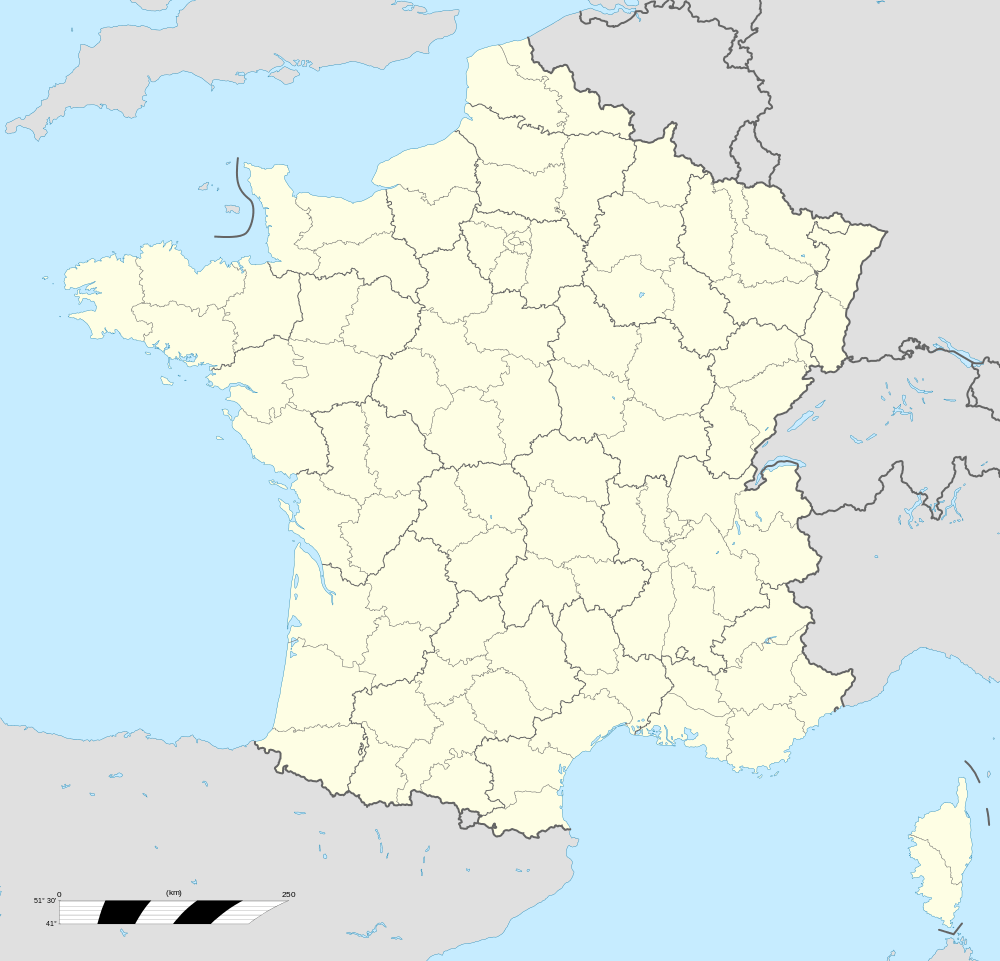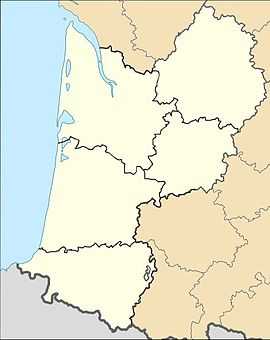Hastingues
| Hastingues | |
|---|---|
|
Doorway of Hastingues from the 14th century | |
 Hastingues | |
|
Location within Aquitaine region  Hastingues | |
| Coordinates: 43°32′07″N 1°08′52″W / 43.5353°N 1.1478°WCoordinates: 43°32′07″N 1°08′52″W / 43.5353°N 1.1478°W | |
| Country | France |
| Region | Aquitaine |
| Department | Landes |
| Arrondissement | Arrondissement of Dax |
| Canton | Canton of Peyrehorade |
| Intercommunality | Communauté de communes du Pays d'Orthe |
| Government | |
| • Mayor (2008–2014) | Pierre Ducarre |
| Area1 | 14.54 km2 (5.61 sq mi) |
| Population (2006)2 | 510 |
| • Density | 35/km2 (91/sq mi) |
| INSEE/Postal code | 40120 / 40300 |
| Elevation |
0–84 m (0–276 ft) (avg. 44 m or 144 ft) |
|
1 French Land Register data, which excludes lakes, ponds, glaciers > 1 km² (0.386 sq mi or 247 acres) and river estuaries. 2 Population without double counting: residents of multiple communes (e.g., students and military personnel) only counted once. | |
Hastingues (Occitan: Hastings, Basque: Hastinga) is a commune in the Landes department in Aquitaine in south-western France. Its nickname, due to its location on a rounded-shaped hill, is lou Carcolh (the snail).
Geography
The town lies on a hill looking over the valley of the Gaves réunis, in the Gascon region and bordering on the Basque Country.
History
The bastide was founded in 1289 by John Hastings, seneschal of Gascony, who signed a treaty of coregency in the name of Edward I of England between the king, Duke of Aquitaine and the monks of Arthous abbey.
The work on the doorway was started in 1289 but the town wall still was in work in the 15th century.
The houses Jurats and Sénéchal were built in the same century.
-
View from the town over the valley and the river
-
Maison Jurats
-
House of the Seneschal
-
Entrance of the house of the Seneschal
-
Detail of the doorway
See also
External links
| Wikimedia Commons has media related to Hastingues. |




